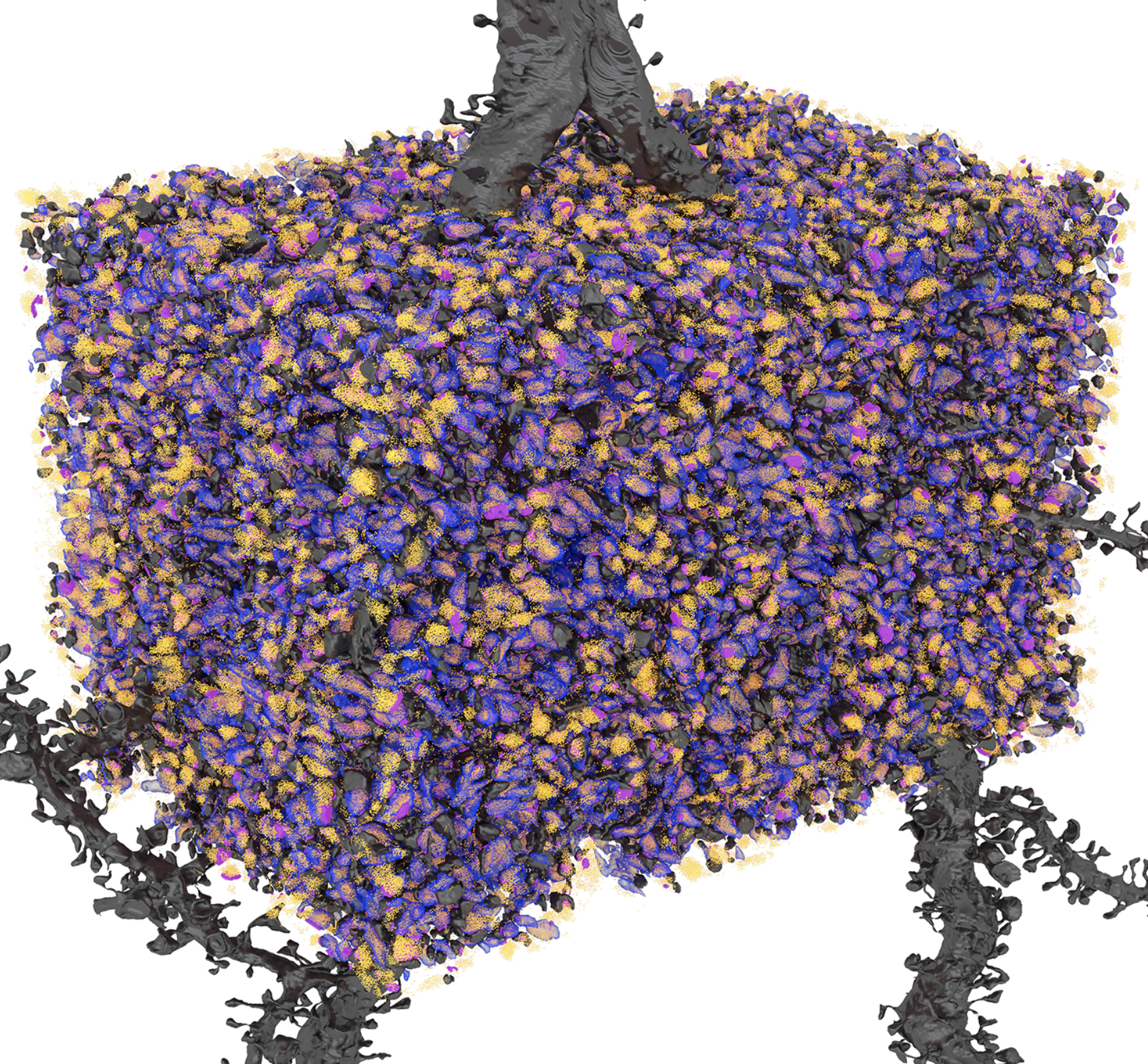
"The study revealed that neurons assigned to a memory trace reorganized their connections through an atypical type of connection called a multi-synaptic bouton, which may enable cellular flexibility."
"Researchers found that neurons involved in memory formation were not preferentially connected with each other, challenging the "neurons that fire together wire together" theory of learning."
"In addition to changing connections, neurons allocated to a memory trace reorganized intracellular structures, enhancing energy support and communication in neuronal connections."
"The findings indicate that understanding the flexibility of memory formation can elucidate why memory and learning processes sometimes fail."
A study funded by the NIH has mapped the structural aspects of memory formation in the mouse brain, showcasing how neurons adapt during learning. Researchers presented evidence of unique connections called multi-synaptic boutons, through which neurons can link to multiple partners, facilitating flexible information coding. Contrary to traditional learning theories, neurons involved in memory formation were found not to preferentially connect with one another. The study also noted changes in intracellular structures crucial for neuron energy and communication, highlighting the potential of these findings in understanding memory and learning disorders.
Read at National Institute of Mental Health (NIMH)
Unable to calculate read time
Collection
[
|
...
]